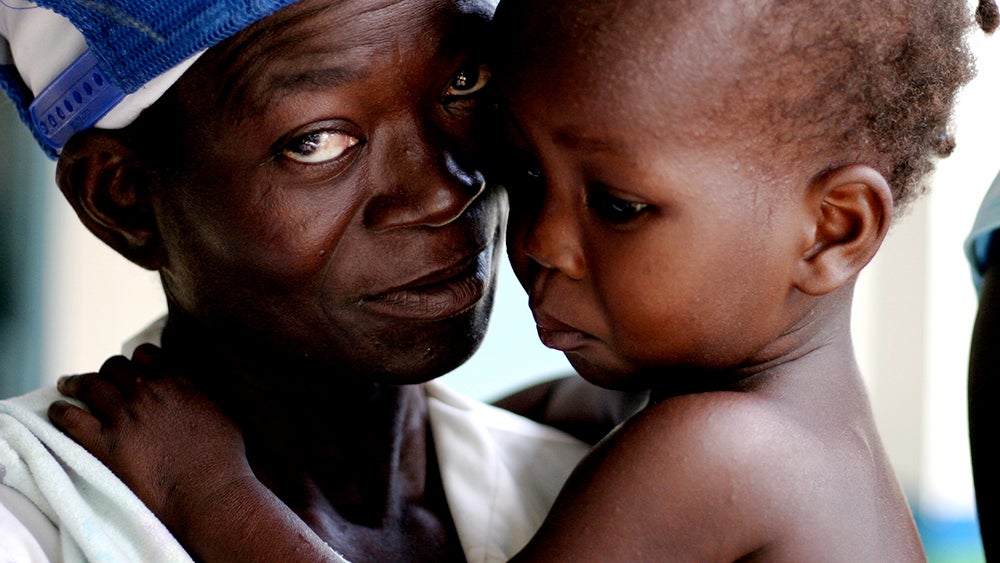 Sometimes climate change can seem a little abstract. Some of us believe we can only convince our partners with long-term benefits, geeky climate models, strong financial analysis and any kind of scientific tool we may find. But still, climate change projects are about people today.
Sometimes climate change can seem a little abstract. Some of us believe we can only convince our partners with long-term benefits, geeky climate models, strong financial analysis and any kind of scientific tool we may find. But still, climate change projects are about people today.
A couple of weeks ago, I was in Haiti working on an agricultural project to be implemented in the area of Boucle Artibonite. Farming in Haiti plays a key role in the lives of million: it is the main source of income in the country, employing around 60% of Haitians, although it only generates 28% of the country’s GDP. Finally, the need to ensure food security aggravates the existing challenges and the reality is that climate change will not make things easier. Haiti, as well as other Caribbean island states, is particularly vulnerable to the forecasted warmer temperatures, altered rainfall patterns, and more powerful tropical storms.
On our trip I met Shadja; she was handpicking black beans and shared with me stories about her work. The severity of the working conditions and the change in weather patterns have made her everyday tasks more complicated. She also used to leave her land fallow leaving a field idle for a certain period of time to allow nutrients to regenerate but this practice has become economically impossible as she needs to have a continuous income with the little plot she has. In Haiti, about a third of the agricultural labor force is represented by women. They carry out all the duties in the planting, gathering and selling of their production, but barely have any say on the distribution of the income generated.
Shadja is only one of thousands of Haitian farmers that have developed resilient strategies to cope with new climate patterns. They are relying on their arboriculture skills and a lot of creativity to strengthen their production by combining fruit trees and various roots. This is truly a measure grounded in the community, as these farmers understand their soils and are willing to adapt to changing conditions in their climate. Strengthening initiatives like this requires support as Haiti’s agriculture lacks adequate inputs and infrastructure and could benefit from innovative approaches to become more efficient and be scalable.
The project I am working on will support local adaptation initiatives for the farming community and will aim at leveling the participation of women in the proceeds. This will be achieved by focusing on the diversification of seeds, the promotion of local crops resilient to extreme climate events –such as drought and floods, at the same time better conditions for women in the agricultural sector are fostered.
Adaptation to climate change has a human face in Haiti, and in many cases, it is a woman’s face. But most importantly climate change is about enhancing the livelihoods of the most vulnerable and therefore it is crucial to understand that poverty eradication and climate change need to work hand in hand to achieve real sustainable development for the poor.
Follow us on Twitter: @BIDcambioclima
[button color=”#2b2b2b” background=”#ffffff” size=”medium” src=”https://blogs.iadb.org/cambioclimatico/2014/04/10/el-rostro-humano-de-la-adaptacion-al-cambio-climatico”]español[/button]


Leave a Reply